Living in Montreal is a moving target and this is even more apparent when one compares life in the Plateau with with what it’s like to live in the new “Le Triangle” district. We lived in the Plateau for 16 years and now we’re in the 3rd year of calling the Triangle home. The two experiences are quite different, so comparing them is a bit like vintage vinyl vs a Bluetooth speaker, but I’m going to try anyway. Both play music but the similarities end there. I hope to be even-handed since I’ve enjoyed living in both places.

Le Triangle: Shiny new kid on the block
Le Triangle represents Montreal’s latest attempt at creating a “smart neighborhood” – which is Montreal real estate speak for “we bulldozed some old car dealerships and built a lot of new condos”. In a neighborhood historically known for low income housing, shady enterprises, and car dealers, having multiple developers show up with their “sustainable development” mandates obviously causes a lot of tension. And that’s definitely been the case here.
On the other hand, most of the social housing in the Triangle remains intact, located on Mountain Sights Avenue. I don’t see that there are any plans to replace it, and all people benefit from the improvements being made to the area. Those improvements have been to develop two parks, build two handsome community buildings, create a protected pedestrian walkway, a bike-path, and improved sidewalks to soften up the area, as well as creatively dampening street traffic through pavers and bump-outs. However, there’s still no school nearby, difficult on-street parking, and limited small businesses.

The fight over housing policy seems to have moved over now to the large plot of land nearby, where the city claims to have future plans for balanced development but where, for many reasons, nothing ever really happens. The 43 hectre (103 acre) “Hippodrome” (an old race track) was purchased by the province in 1995 for an undisclosed price and in 2017, after much drama, ownership was transferred to the city. Just to the west a fight over a connector road has been raging for close to eight decades, so it’s probably not healthy to hold your breath concerning any plans for the Hippodrome. Comparatively the work in the Triangle looks like a high-speed sprint.
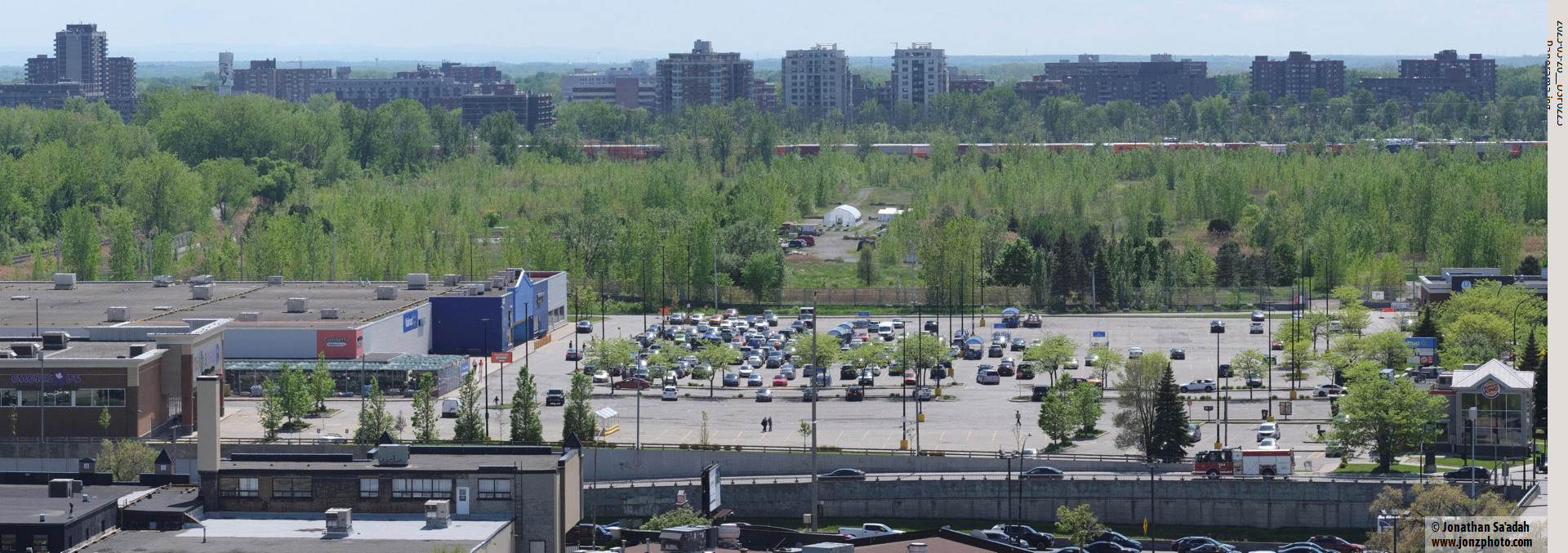
From the point of view of a city resident, Le Triangle is a good example of what happens when city planners get excited about Transit-Oriented-Development (TOD) and decide to create a neighborhood. It’s now fifteen years after the project was announced, and the area is still being talked about as the poster child for modern urban living. It’s filling up with 10-story condo buildings, all promising variations on “life at another level”, which from a practical point of view, means a small swimming pool, a fitness center, indoor parking (extra), and shared working spaces. The pretty drawings fade away and reality cuts in as the condo developers expand their buildings out to the edges of their lots and the green spaces that were supposed to surround them either disappear or are created without conviction. The mandate to include a lot of open space too often seems to be interpreted by the developers as “we’ll plant a few trees and then flatten them a bit later with front loaders.”

Le Triangle as a daily experience
In Le Triangle the day starts with indoor parking – which is a concept so foreign to the Plateau that it might be mistaken for a new art installation. You then get into your car and head out into the thicket of traffic-blocked streets, driving past construction sites that promise to become “vibrant urban living environments”. You head on to the Décarie, where emergency vehicles claw their way down side shoulders past cars inhabited with trance-eyed motorists.
As an alternate approach you can try the Namur metro, where the STM (the agency that runs the Montreal metro) seems set on preventing a complete set of the escalators functioning at any one time as you drop down 24.1 meters to the platform.
What you gain from living in the Triangle is primarily the quality of your personal residence and the resources provided by communal living. Large, professionally-managed buildings can have problems but no sane person would argue that they approach the nightmares guaranteed when living in century-old duplexes or triplexes in the Plateau.
As the city likes to point out, proximity to the metro system is a big advantage too. There’s nothing like having a blizzard raging outdoors and being able to drop down into the metro for a safe ride to your destination. Especially if you don’t need to even consider digging your car out.
Socially the newness of everything means that no one has a corner on being “born in the neighborhood” and there are a lot of people, often with interesting backgrounds, who are looking to make friends. Multiculturalism is in full bloom in this part of the city, and it’s usually fun to meet the people and navigate the different behaviors and traditions. As a fall-back position, anonymity is possible too in this style of living.
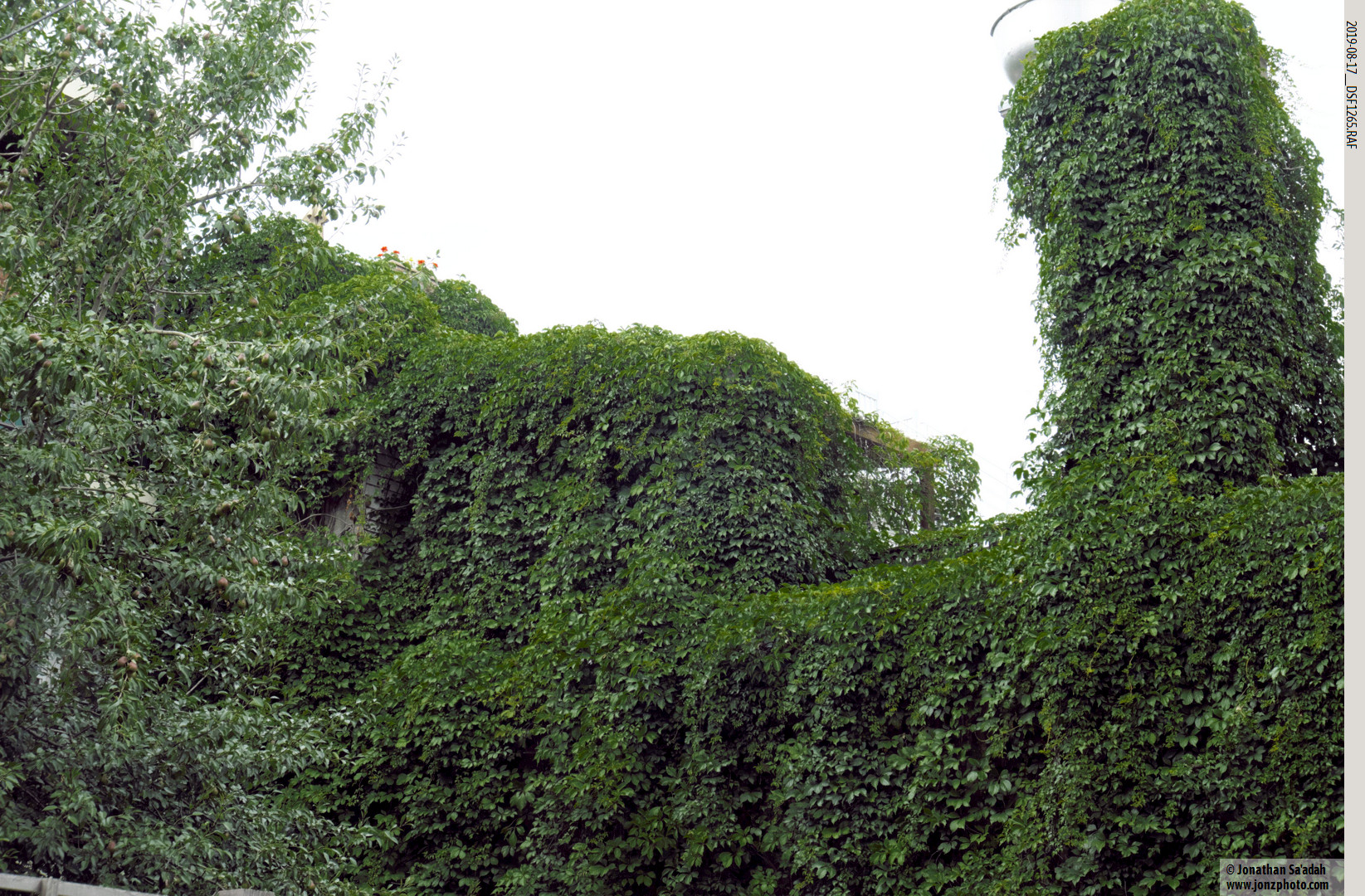
The Plateau as a daily experience
In the Plateau a day starts with the spiral staircase, where during wintertime you can clip on with technical ropes to rappel down through the ice. Following that, and for all four seasons, you get to dodge the cyclists who come at you from all directions, while trying at the same time to calculate in your head the most likely construction-free path to the metro. The city is repeatedly digging up the streets to fine tune its vision of multi-modal transport while strong-arming property owners to replace private parking spaces with groves of trees. There’s lots of traffic and lots of congestion. It’s a mature neighborhood and that means that human behavior is highly developed and stylized. Unlike the condo living of the Triangle, anonymity is not an option in the Plateau. You have neighbors and they are part of your life (especially if you are in a shared-ownership building).
What you gain in the Plateau goes under quality-of-life. You don’t fake the patina of life that’s gained from old neighborhoods. Everything is small. You can walk a block and purchase your food from someone who recognizes you. Your neighbors have outside street gardens and you can sit on the front steps and talk with them about life and its problems.
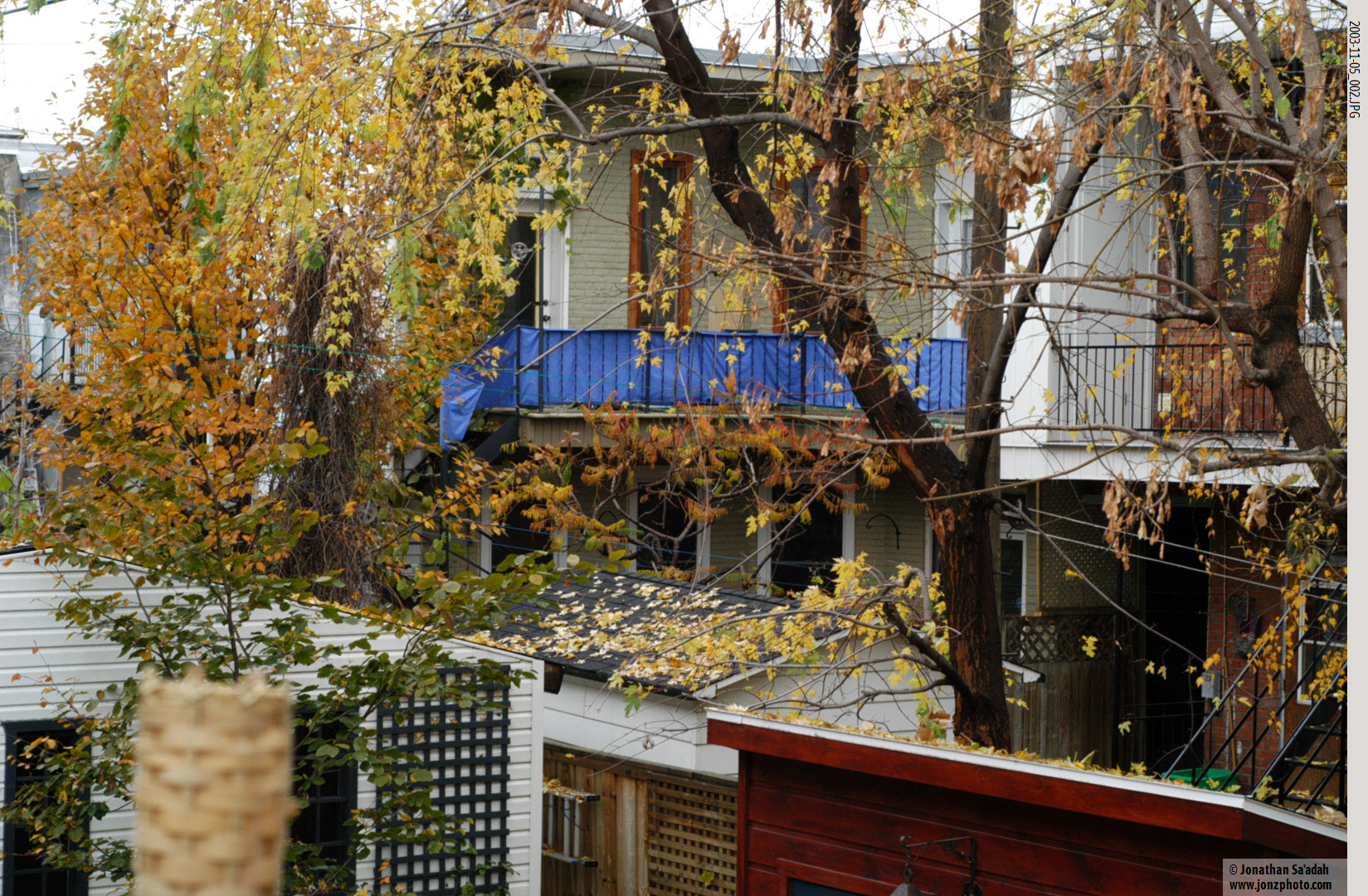
There’s shade, and quiet ruelles, and people who often are considerate of each other. It’s a good feeling. Truthfully, we would have stayed in the Plateau but we didn’t have the option. Living spaces are small and expensive, and upkeep often involves major expenditures. We had reached a point where we had to close a separate artist studio space where we had worked for years and which had added to our living space, and we needed a home with enough space to continue our work. It would have taken too much money to have what we needed in the Plateau, and the Triangle was a workable option. We’ve missed our old neighborhood there and our friends, but having a place to continue our work and at the same time having a reasonable lifestyle was the responsible decision. It’s what made sense for us.
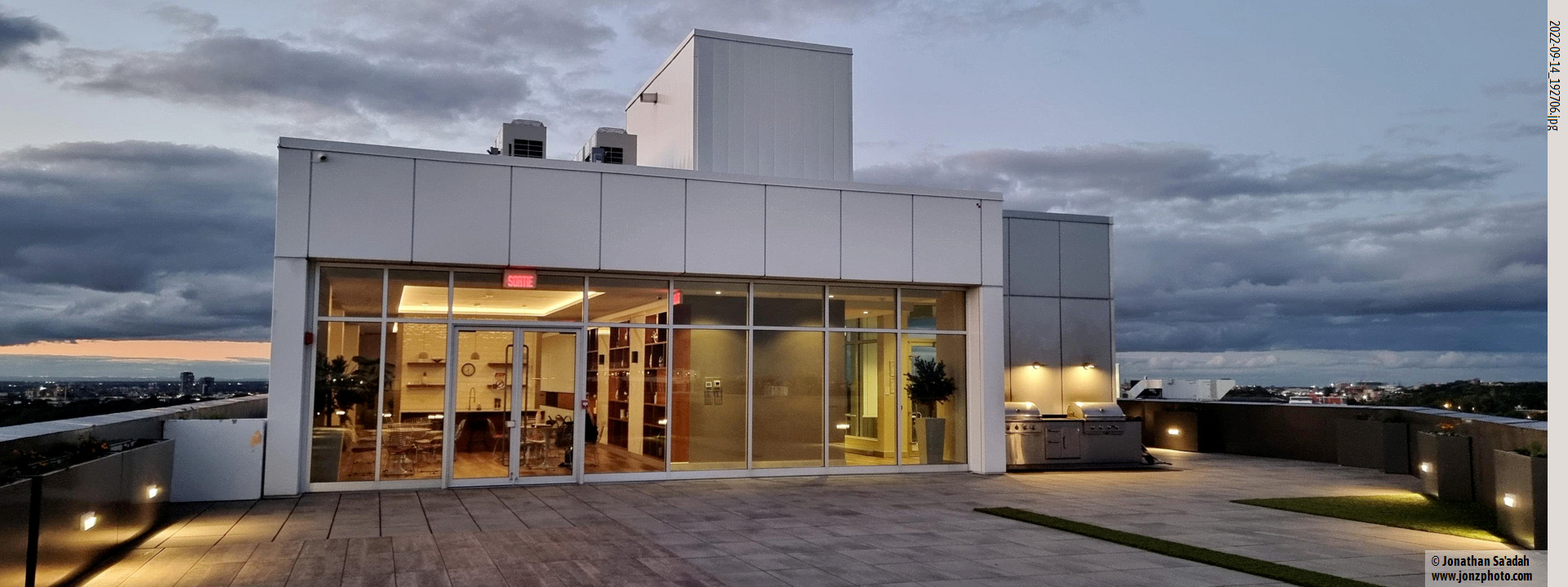
On the other hand, I look at families and younger people (of which there are many) who are living and bringing up their children in this new and modern environment, and I wonder about it. I recognize it’s not possible to make a new neighborhood mature and multi-textured instantly, and I don’t at all dismiss that the Triangle represents a valid approach to living in a different and more outwardly-looking way. But one environment hands it to you on a plate, and the other leaves it to individual responsibility and initiative.
If you’ve had experiences living or working in these environments please leave a comment. I don’t pretend to have all or even most of the answers and I’m curious what others think.
I do personally feel that as a society it’s in our interests to creatively address what these newly-built environments represent. It’s not just the Triangle, but other similar neighborhoods in this city and others too. Embedded schools should not be built as an afterthought, but as a priority. Cultural and educational events/programs should be integrated into the planning of new neighborhoods from the start – it’s not enough to build attractive community buildings and then not fund them, leaving them locked and dark most of the time. Urban planning should be open and transparent. And it’s not giving the right message to disregard upkeep in neighborhoods through differing levels of public services. I know there are many people who have been working to improve things in these areas, but we have to do better.

So in the end choosing between the Plateau and Le Triangle is like choosing between a vintage leather jacket and a new technical ski parka. One has character and the other has more pockets. Both neighborhoods offer their own unique version of Montreal. Either way you’re still in Montreal, so you get to spend 50% of your time complaining about the construction while still actually loving being here. Living in the Plateau vs. The Triangle? It’s a big contrast – but for me there isn’t a simple answer…

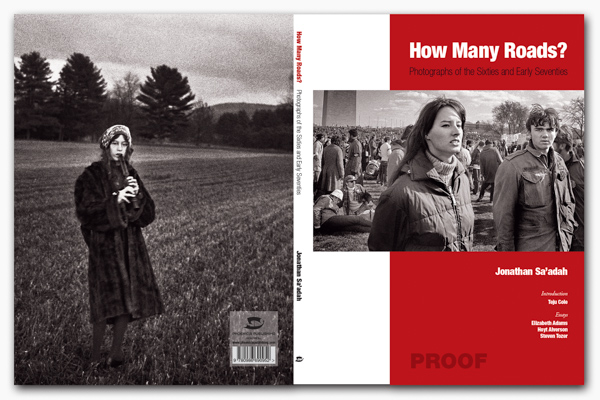
A big part of what I liked about living in the Plateau was our proximity to a major city park, filled with mature trees and having several bodies of water. At certain times of day you could actually find solitude there. There’s nothing like that in the newly-developed parts of the city. But what I liked least was our very small apartment and its lack of light. It would also have been a much more difficult place to “age in place.” This was the right decision at this point, just as moving to the Plateau was the right decision 20+ years ago.
Great photos! I think you have a better view now.